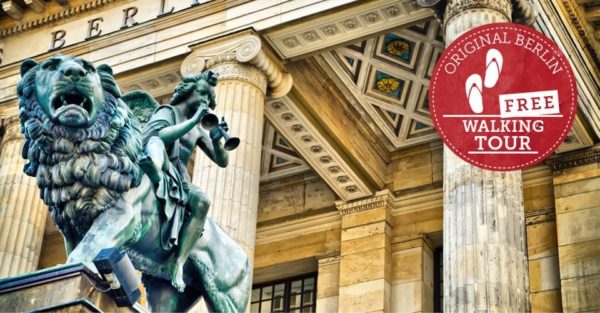The Berlin Wall was a powerful symbol of division and oppression during the Cold War era. Its construction in 1961 by the East German government led to the separation of families, loss of freedom, and countless tragedies. However, as history would show, the fall of the Berlin Wall on November 9, 1989, marked a turning point in world history and became a symbol of hope and freedom.
The Construction of the Berlin Wall
Following the end of World War II, Germany was divided into four zones of occupation controlled by the victorious Allied forces: the four countries were the United States of America, the Soviet Union, United Kingdom, and France. Soviet Union and the other powers unstably confronted and finally the Germany was split into two German Democratic Republic (East) and the Federal Republic of Germany (West).
Specifically, the construction of the East Germany barrier known as the Berlin Wall was begun by the East German government in an attempt to halt a mass movement of East Germans into the more affluent West Germany. By the time we are dealing with post modernity the civil populace particularly in Latin America were running away from the oppressive governments, to go seek better lives in Europe and other parts of the developed world. The physical barrier or the barrier consisted of concrete segmentations, barbed wire and watchtowers that ran for more than 155km around the city of Berlin physically splitting the city into two halves.
The Impact on Berliners
The wall significantly influenced berliner people livings. As many have hereby narrated their experiences, families were separated for years or even for decades. Those people who lived in East Germany found themselves in serious limitation of their right of free mobility as well as being spied on all the time. The wall was established as a divider; they were regular structures that also constantly and vividly demonstrated the division within Germany.
Nevertheless, the risks and issues entailed many people tried to get out of East Berlin. They employed various artistic and dangerous strategies for crossing borders including burrow, flying an air balloon or having themselves secreted in automobiles or trucks. All these escape attempts where a true testimony of humanity and people’s desire to experience liberty.
The Winds of Change
After 1985, Mikhail S. Gorbachev adopted the policy of liberalisation, glasnost (openness) and perestroika (restructuring) in the Soviet Union. These reforms were made under the pretense of reinvigorating the Soviet Union; and increasing cooperation and openness.
The wind of change blowing through the Soviet Union also learnt it’s a skill in East Germany. Some of the reasons why people in East Germany were dissatisfied were due to economic difficulties of that state, and political crisis that stagnated development there. The people protesting for more freedom and democracy rose up, many with thousands marching in the streets.
The Role of Mass Protests
The political uprising was important in the democratisation of Germany and the tearing down of the Berlin wall. East Berliners took to the streets on November 4, 1989, when more than half a million people rallied in Alexanderplatz – the biggest square in East Berlin. This incident was a turning moment in the entire history of the east Germany and triggered a sequence of events leading to the demolition of the wall.
They persisted in increasing the scale and volume, more people demanding change. When the pressure was on, the East Germans had no recourse but to answer in some way, shape, or form. Finally, on 9 th of November 1989, it became possible for East Germans to travel to the West. This caused the news to spread like bush fire and thousands of the east Berliner public formed a crowd demanding to bypass the check point.
The Fall of the Berlin Wall
Because of growing pressure of the crowd and the uncertainty among the border guards, key checkpoints were opened. Individuals were allowed to move about up to that time, this signaled sign of the unification of Germany. Large numbers of Berliners crossed the border through the checkpoints hugging each other, expressing the delight of being free.
The Aftermath and Reunification
The fall of the Berlin Wall was a catalyst for change in other Eastern European countries as well. Countries like Poland, Hungary, and Czechoslovakia experienced their own revolutions and dismantled their own oppressive regimes. The events of 1989 led to the reunification of Germany on October 3, 1990, symbolizing the end of the Cold War era.
The fall of the Berlin Wall remains a symbol of hope, unity, and the indomitable nature of the human spirit. It serves as a reminder that freedom and democracy can triumph over oppression and division. Today, Berlin stands as a vibrant and united city, a testament to the strength and resilience of its people.
The Berlin Wall serves as a powerful reminder of the importance of freedom and the consequences of division. It stands as a testament to the resilience of the human spirit and the desire for a better future. The fall of the Berlin Wall changed the course of history, bringing hope and freedom to millions who had long yearned for it.
Table of Contents

